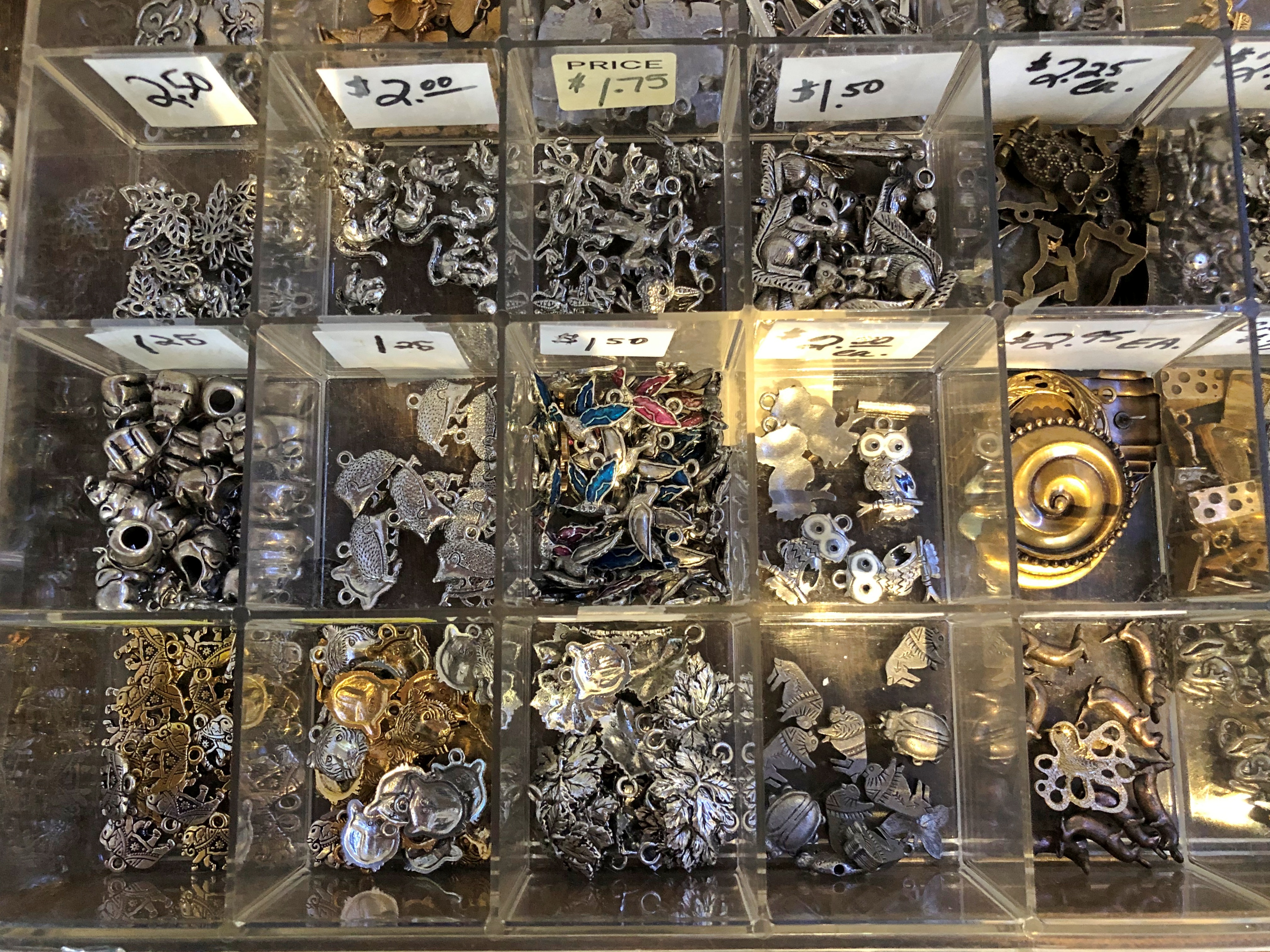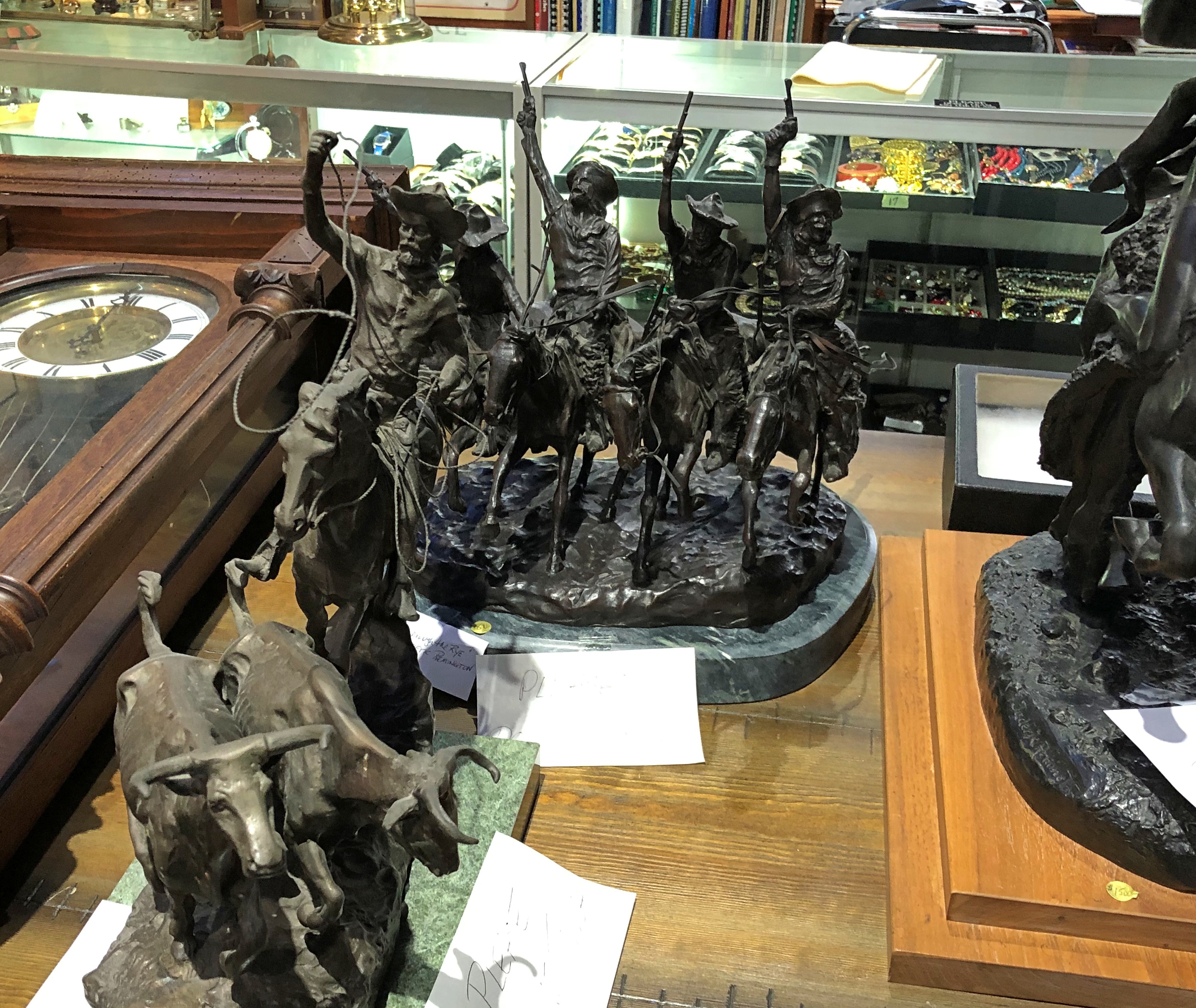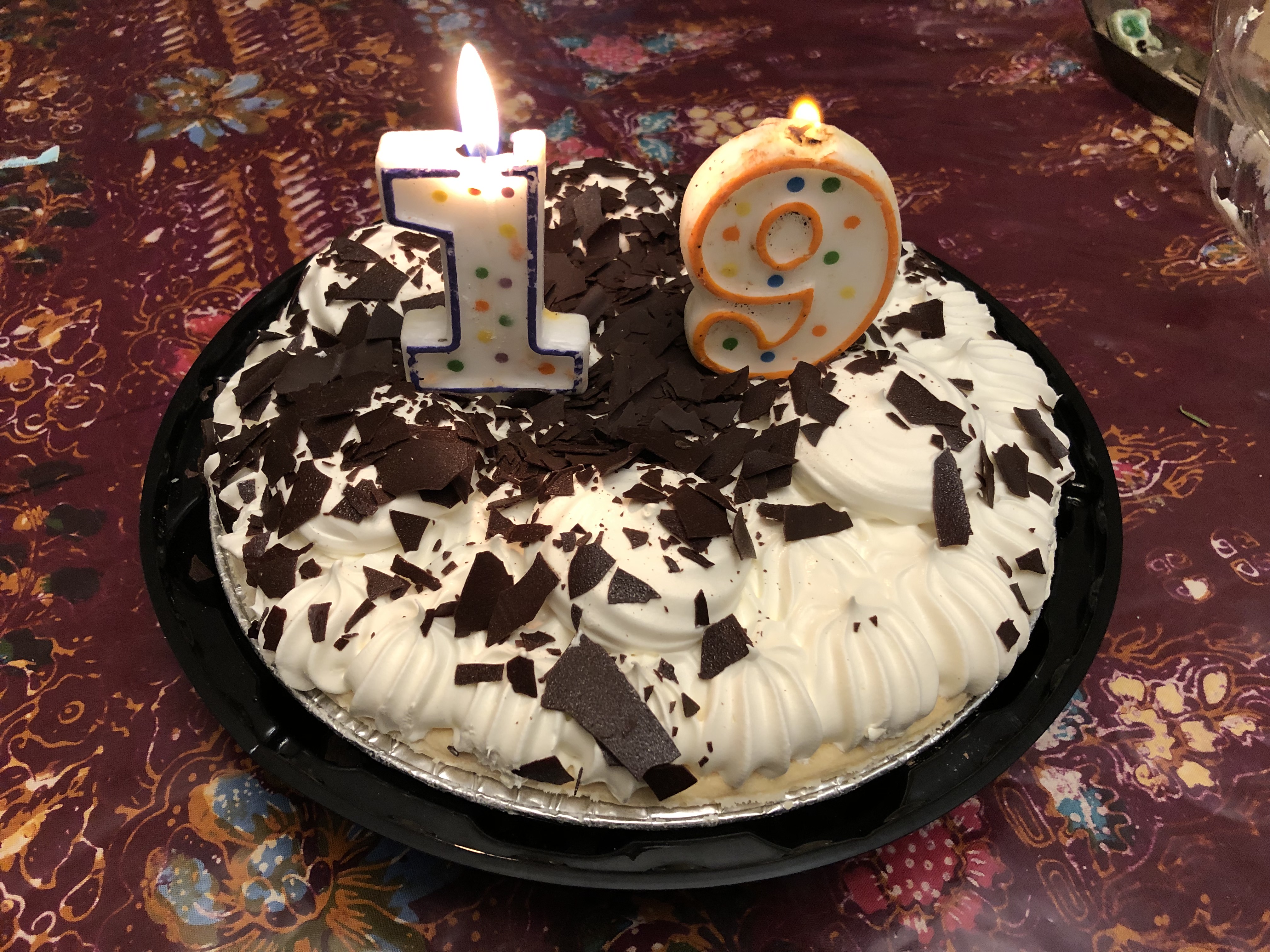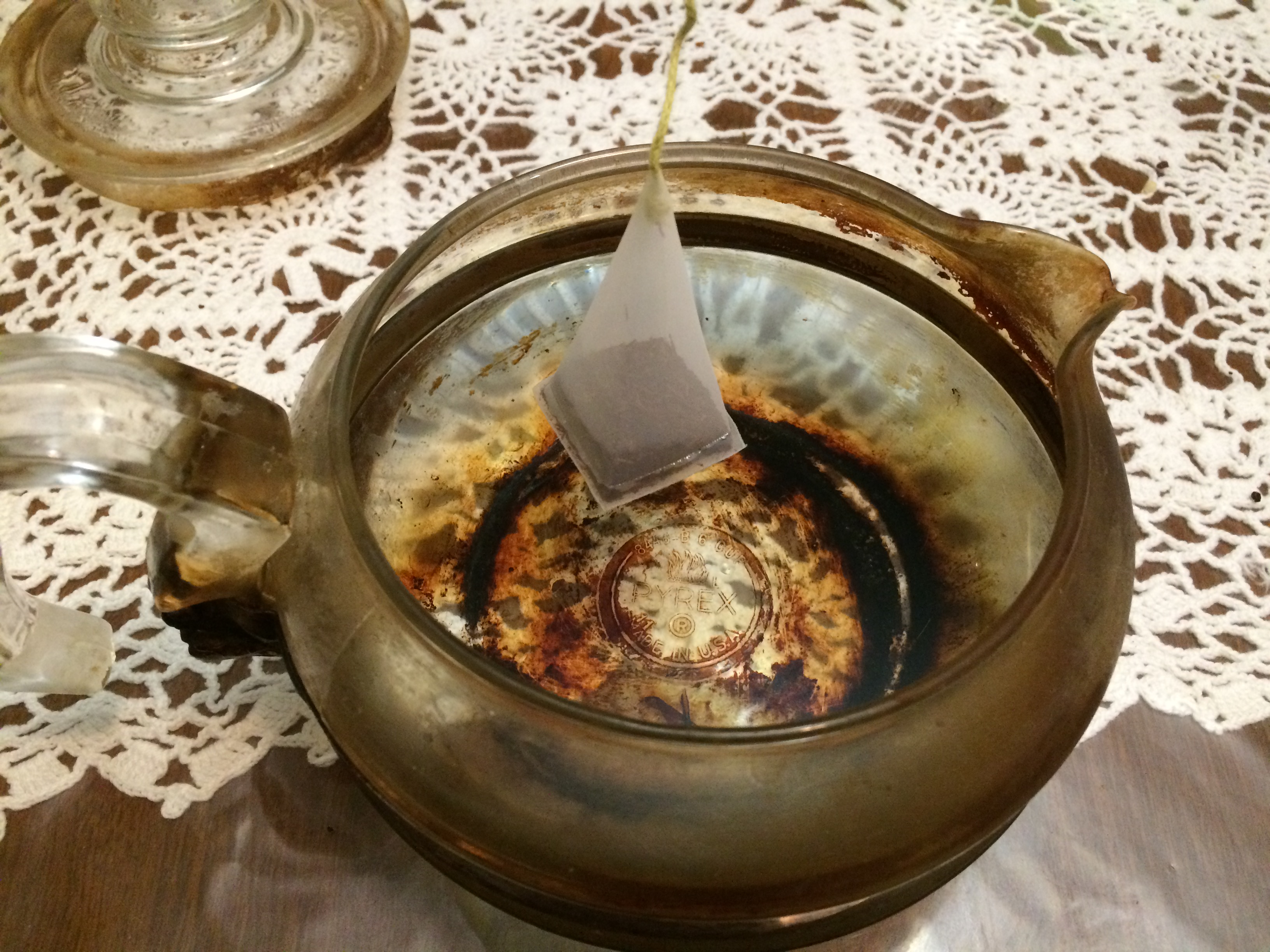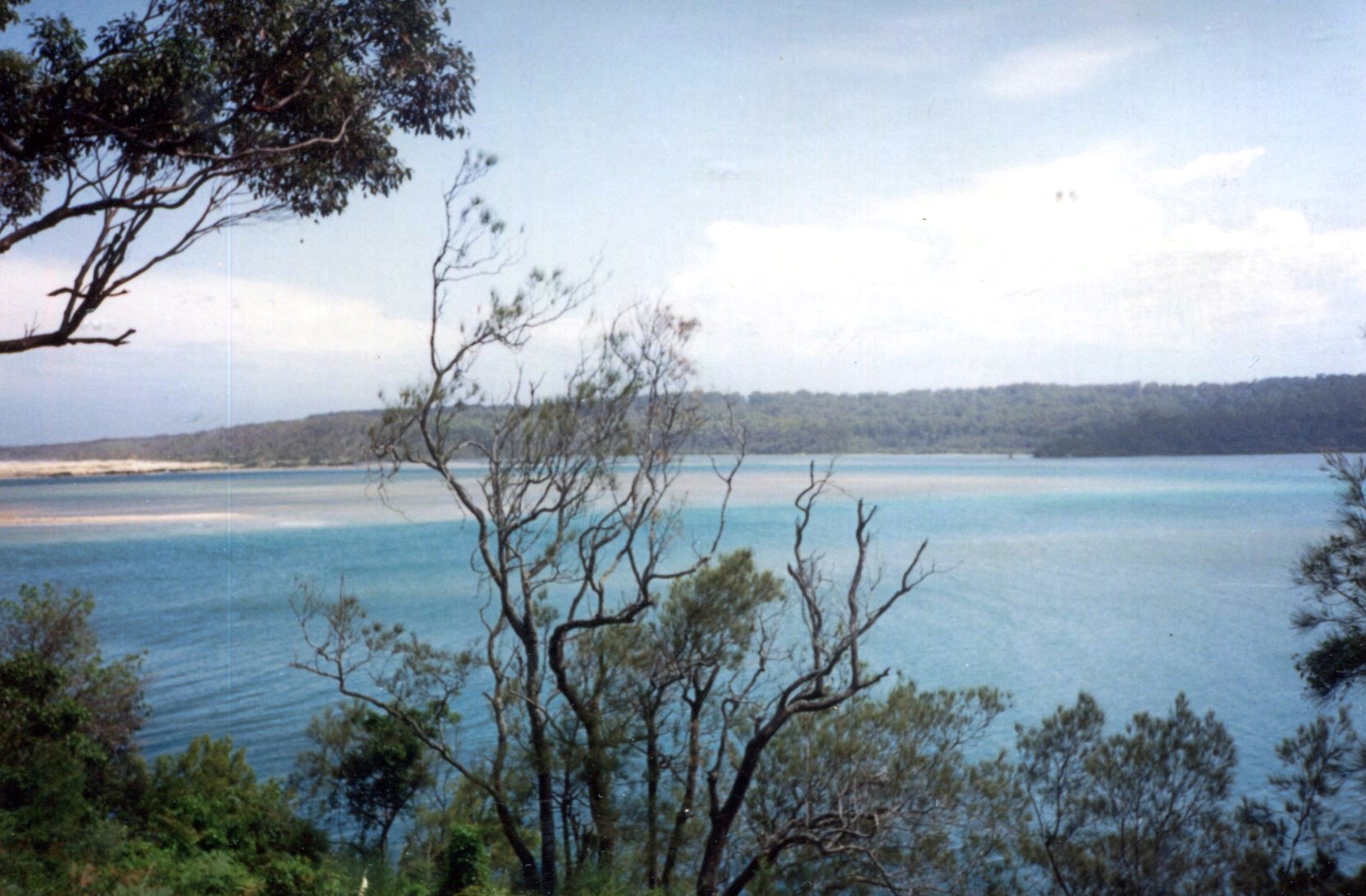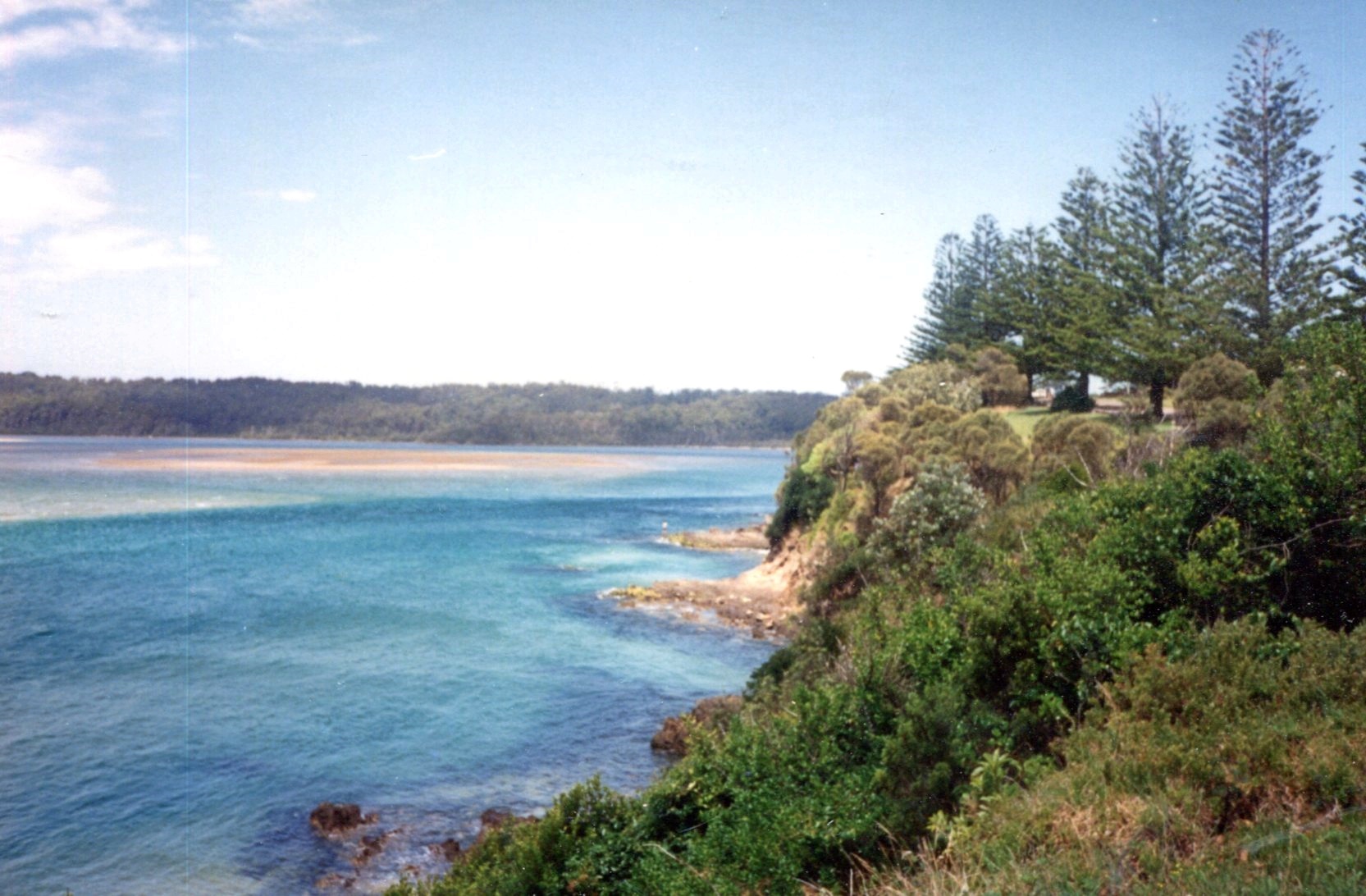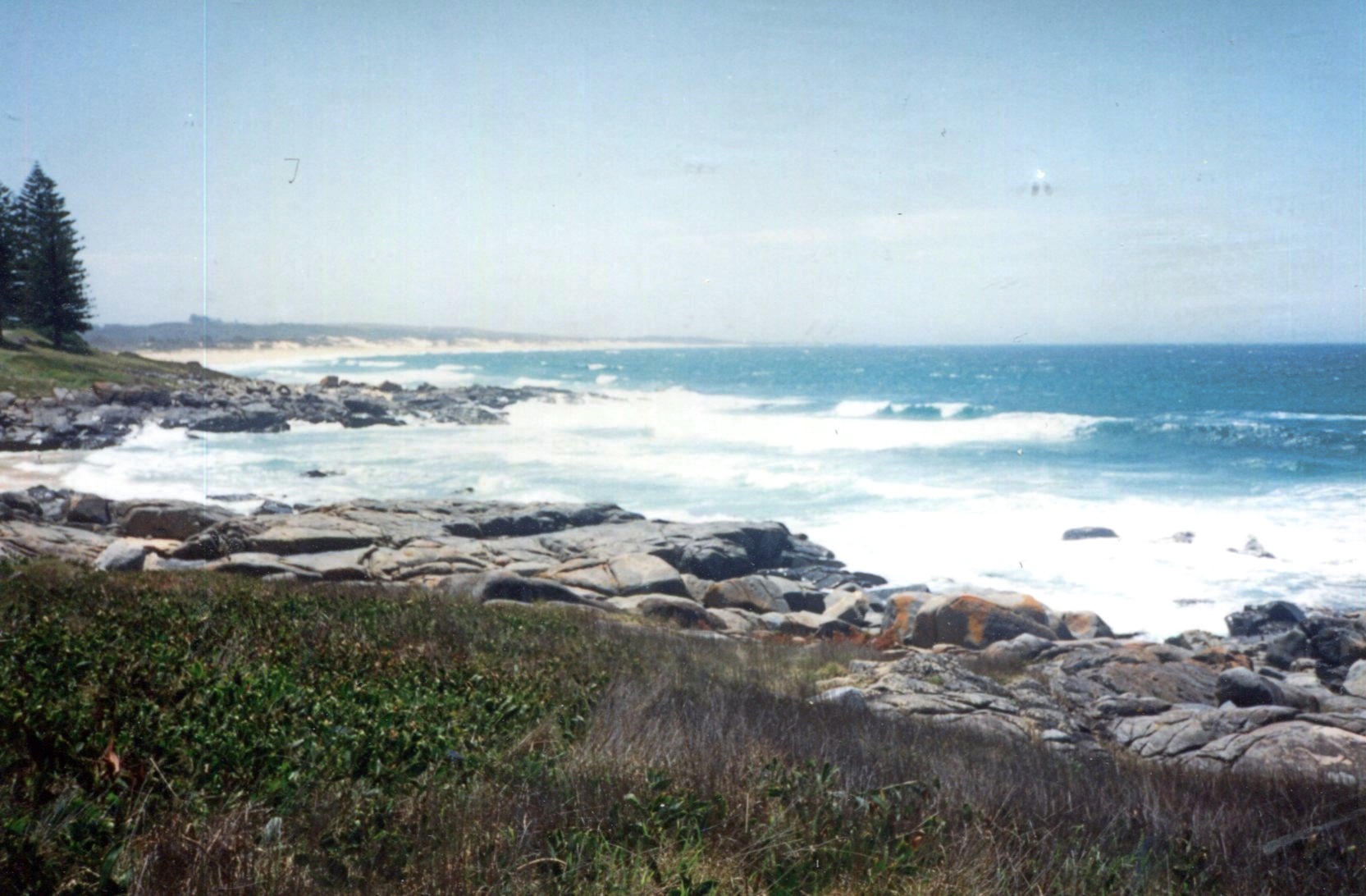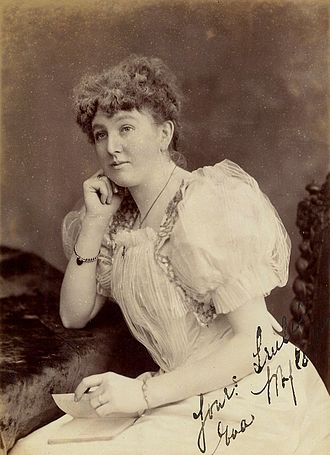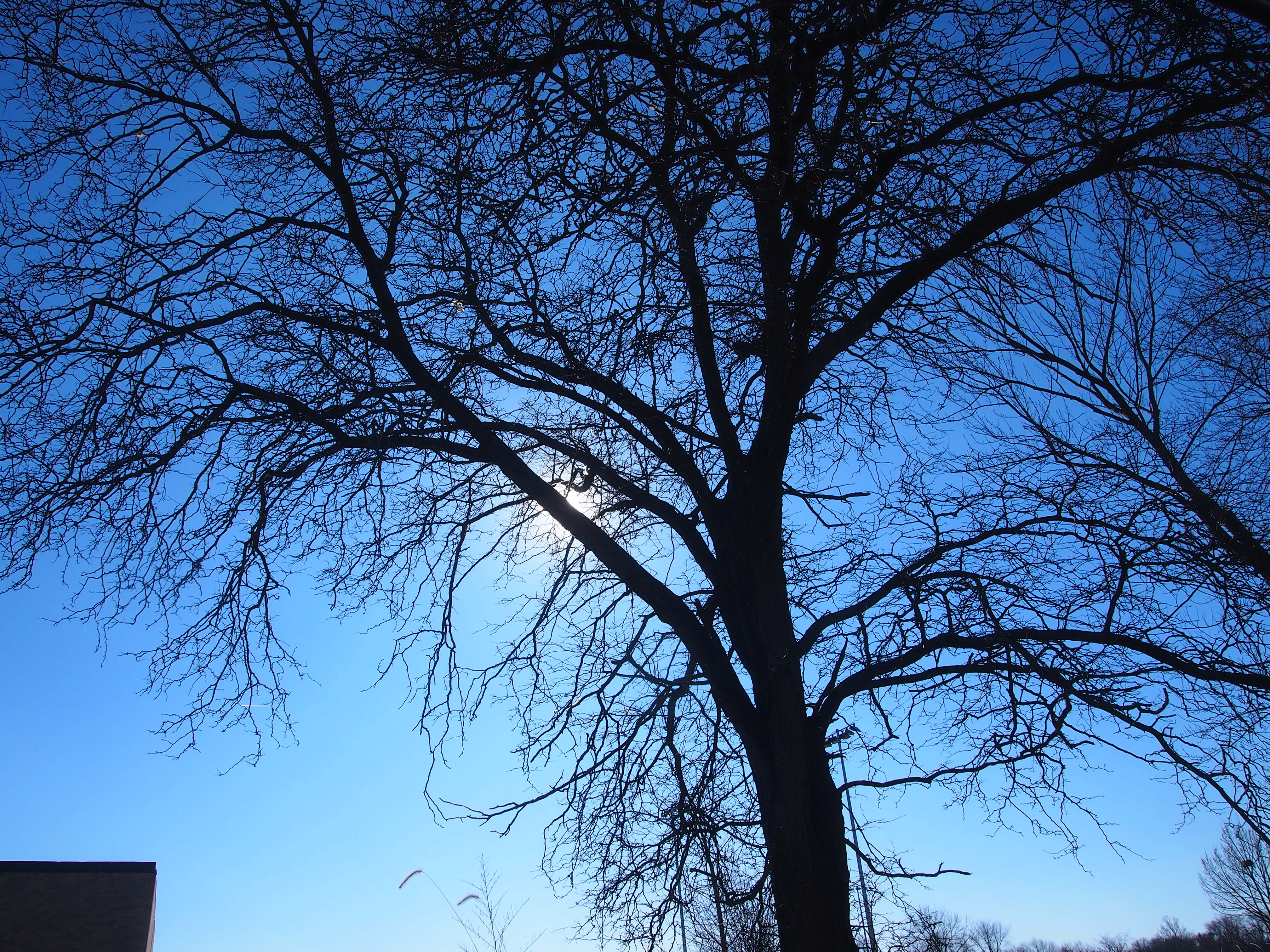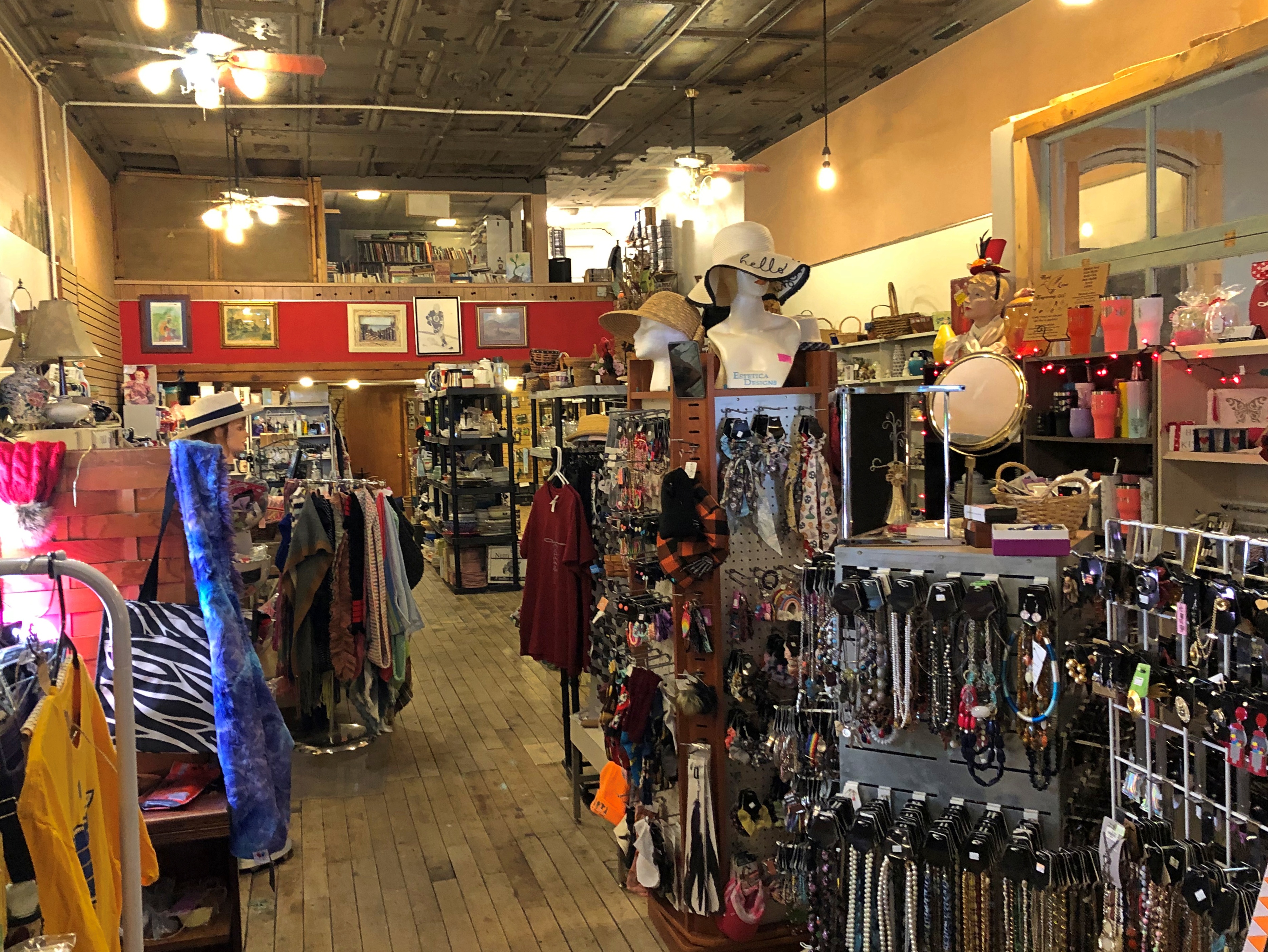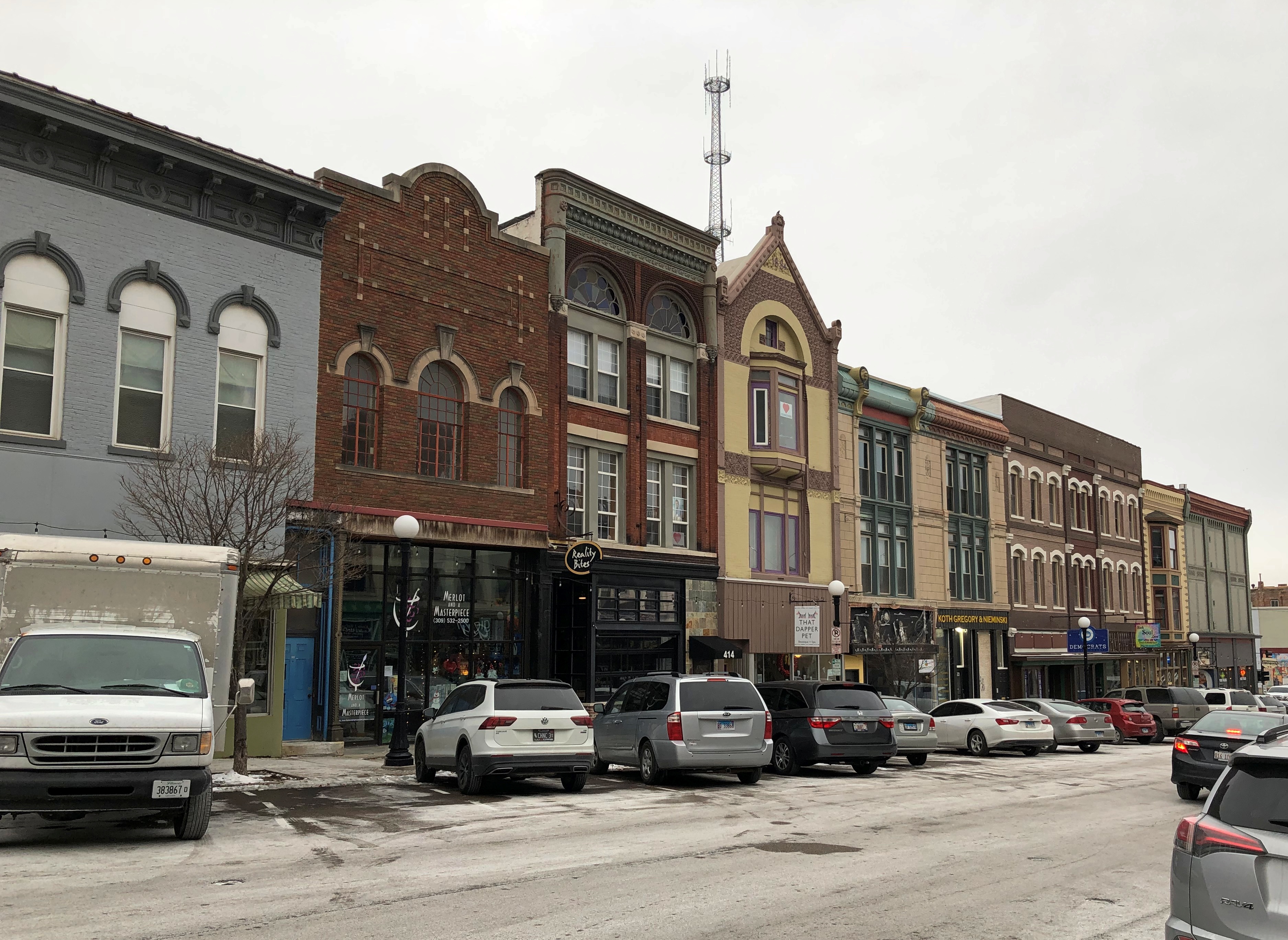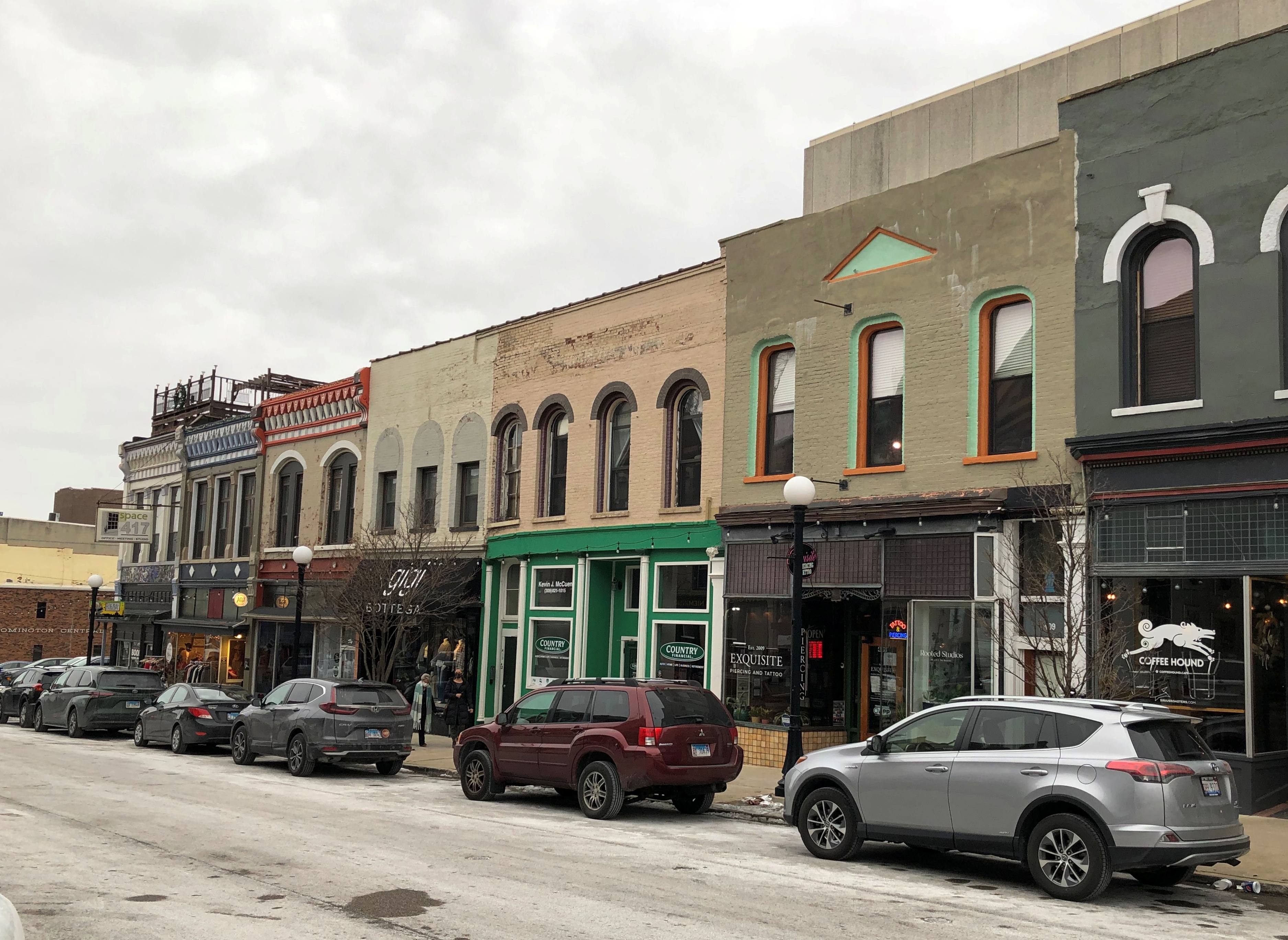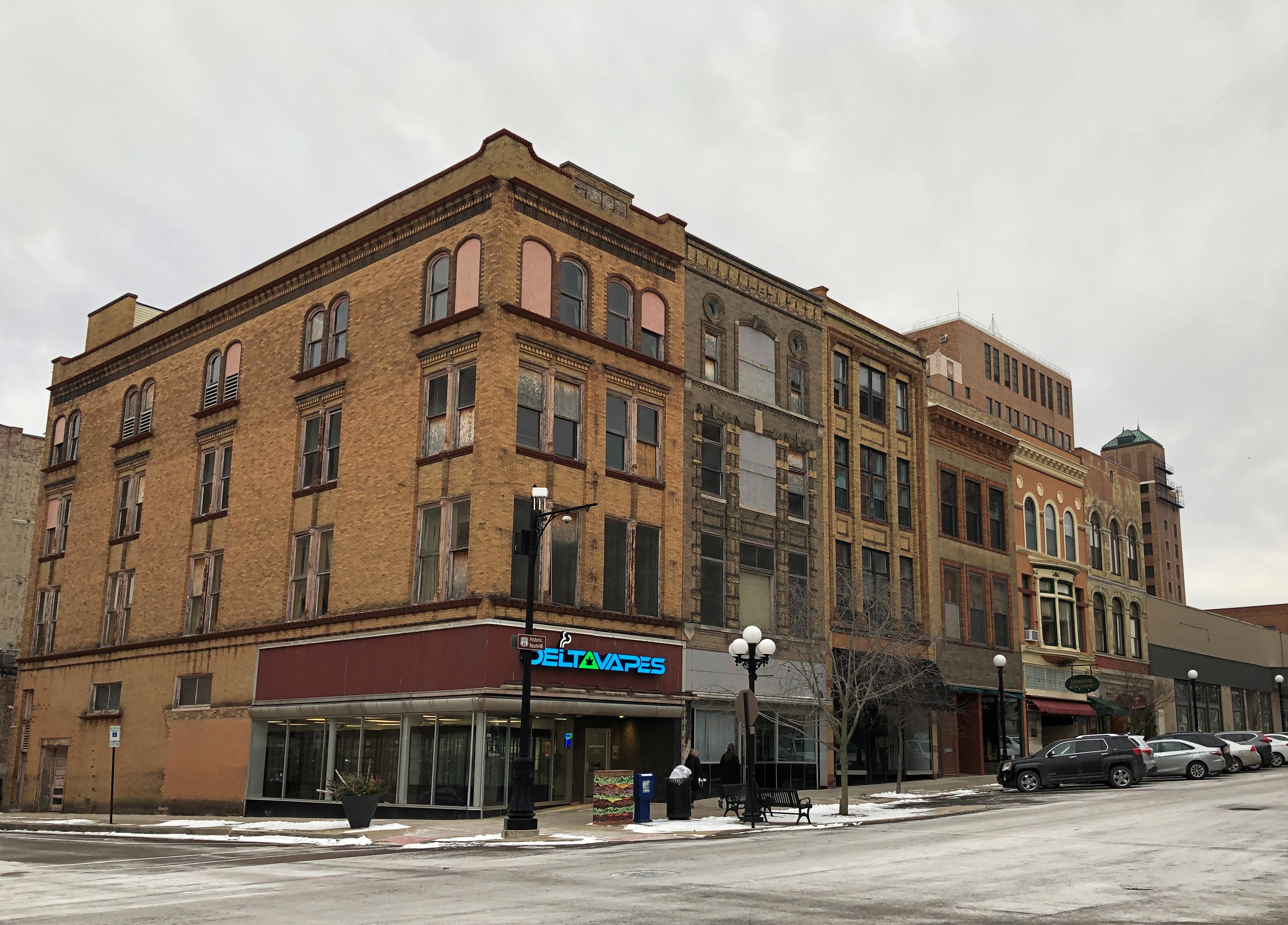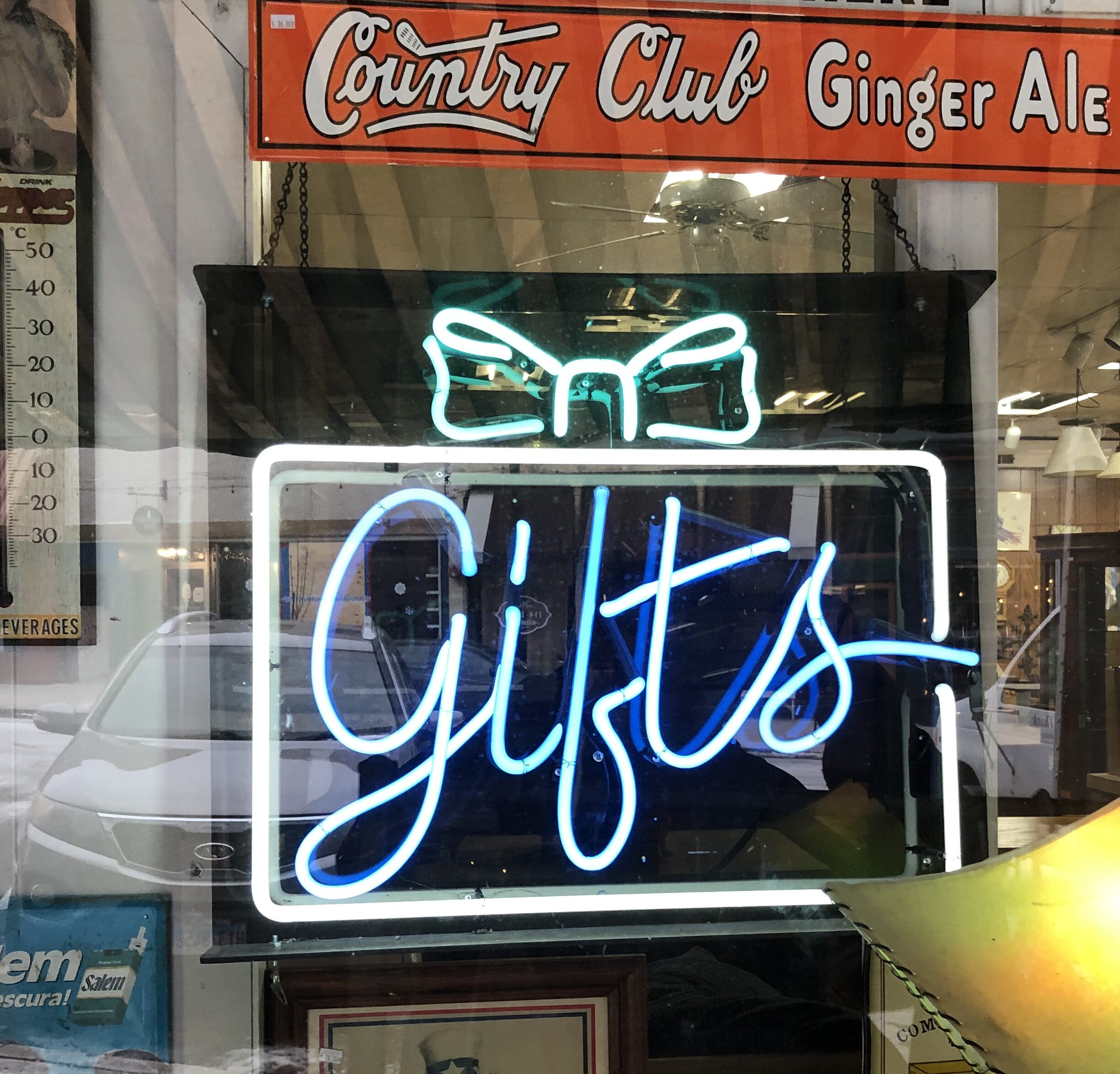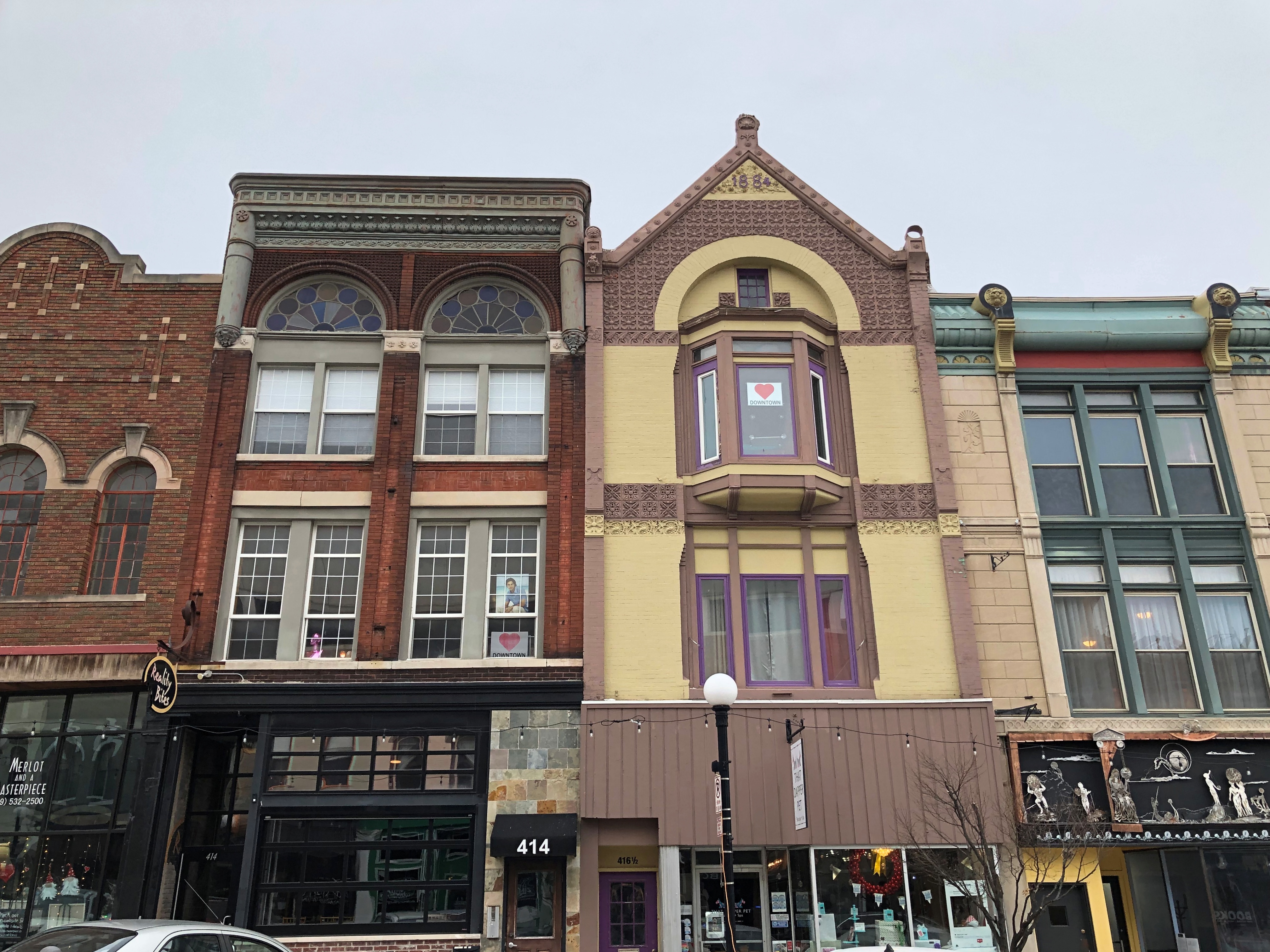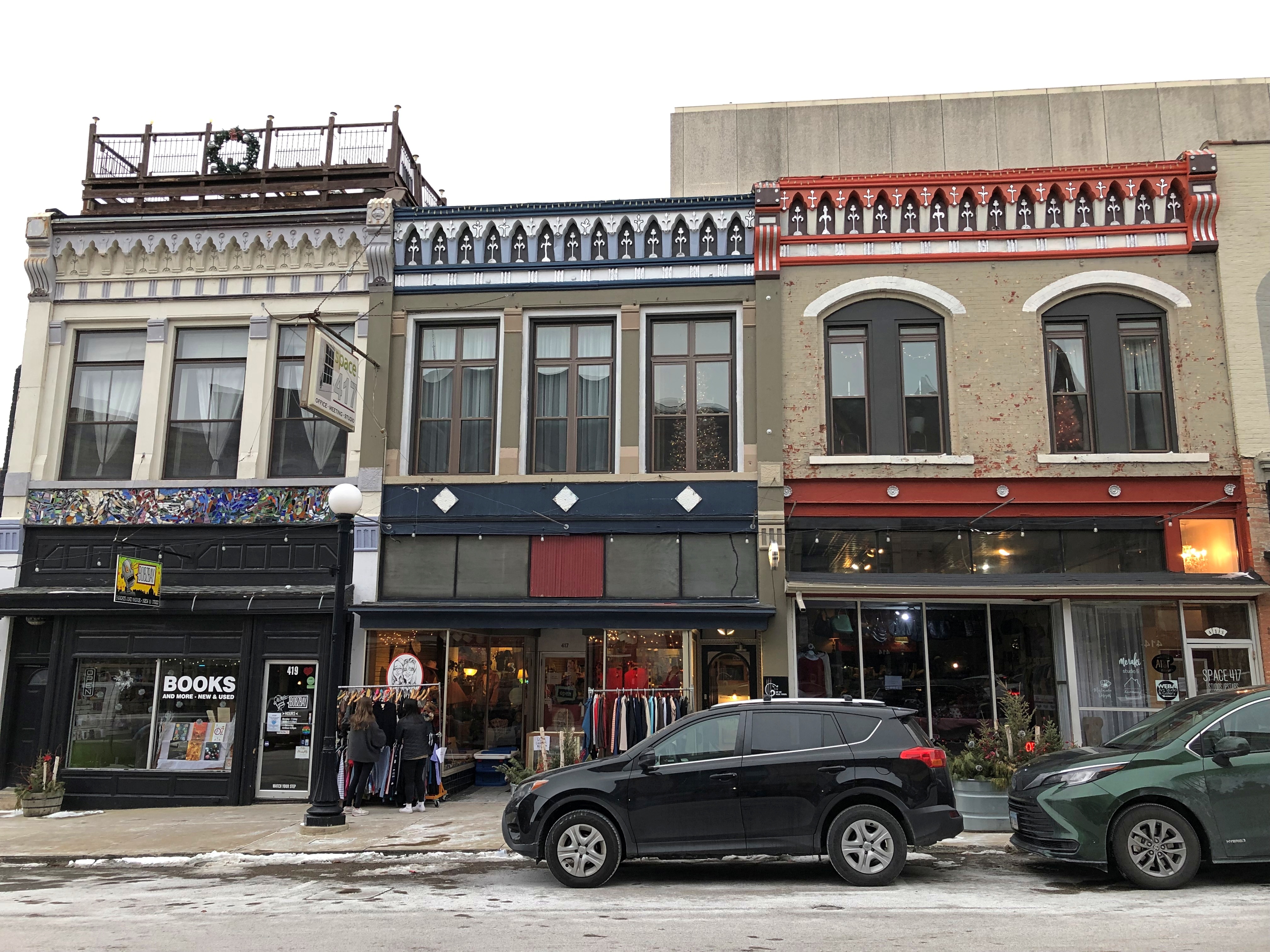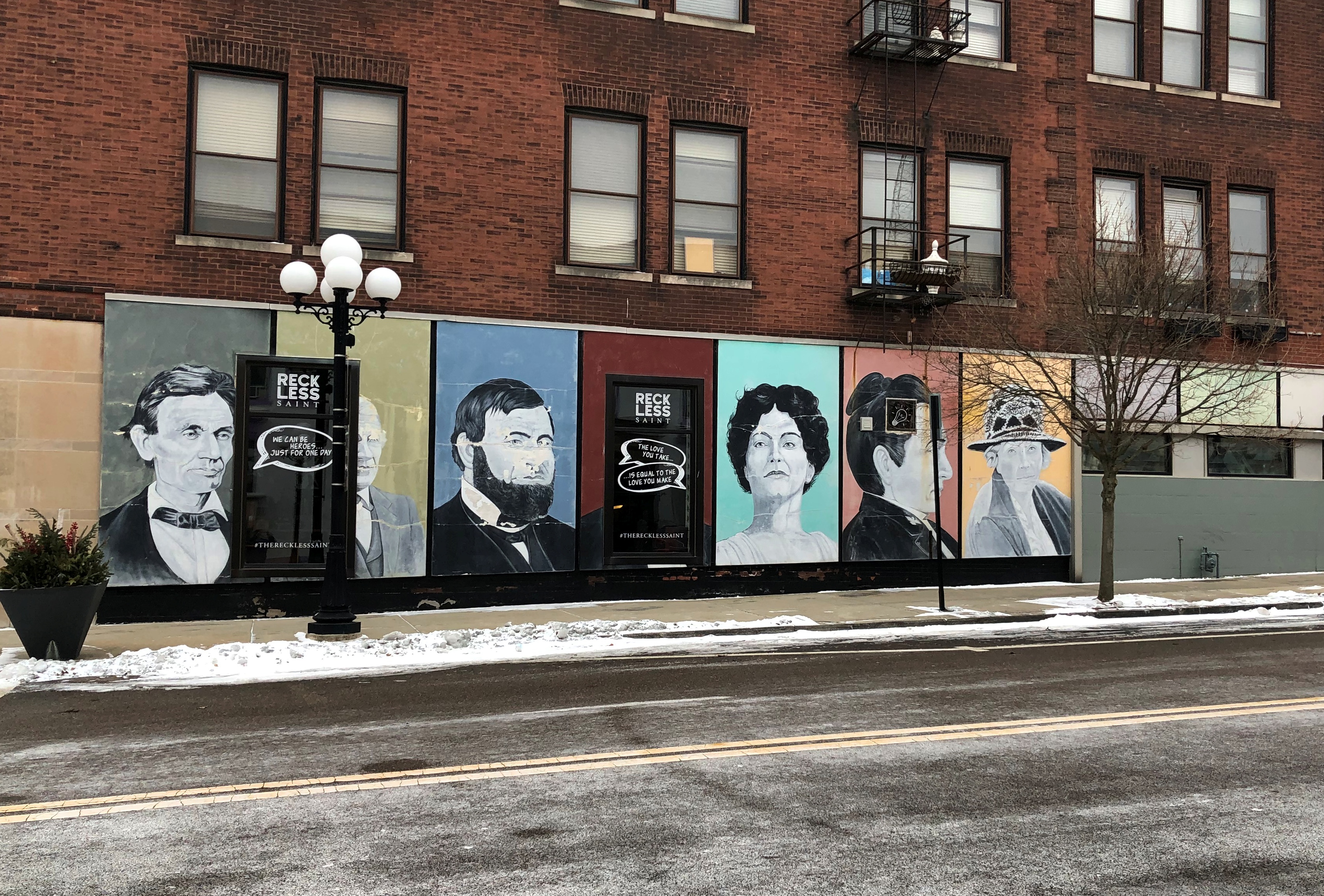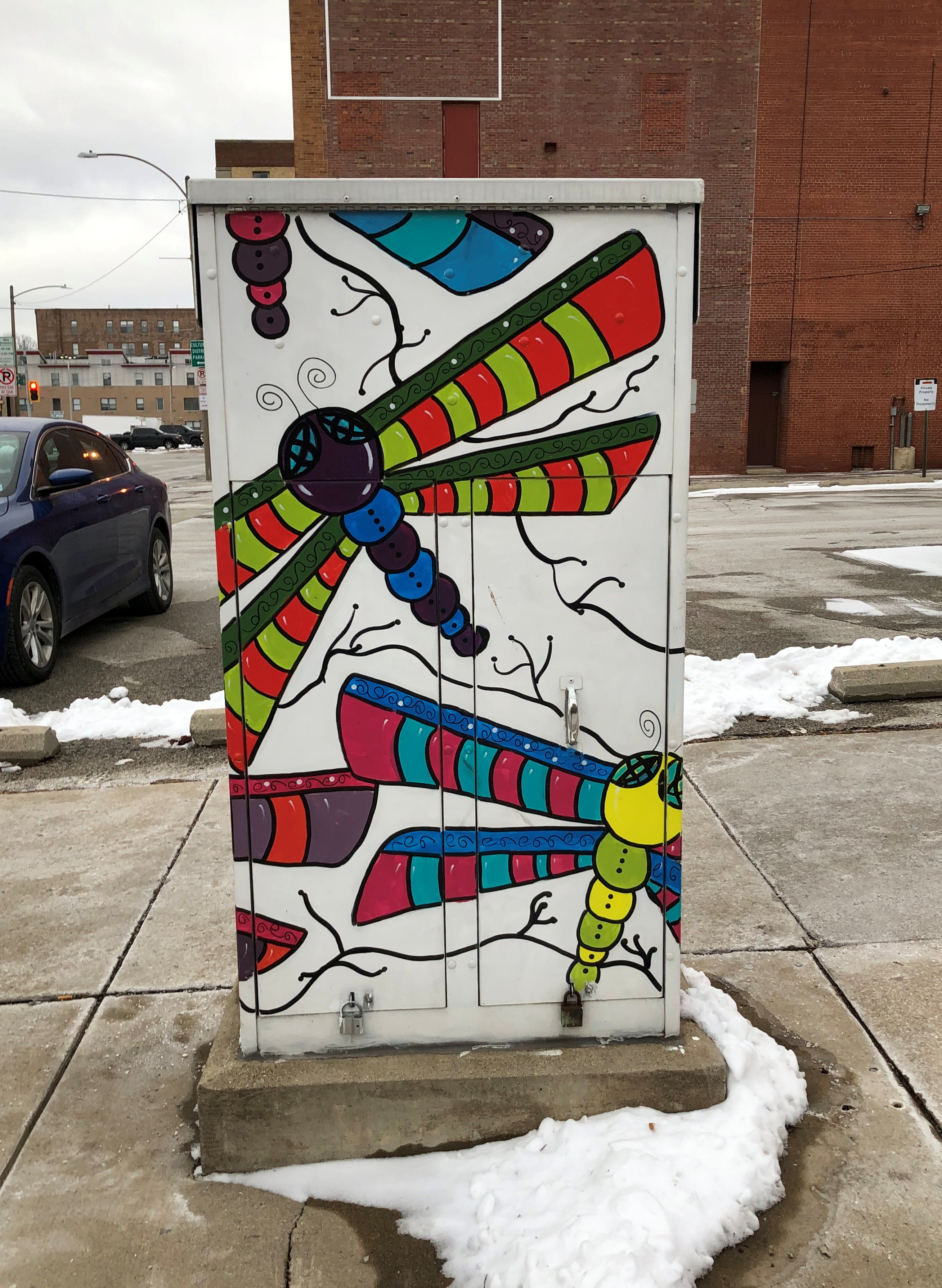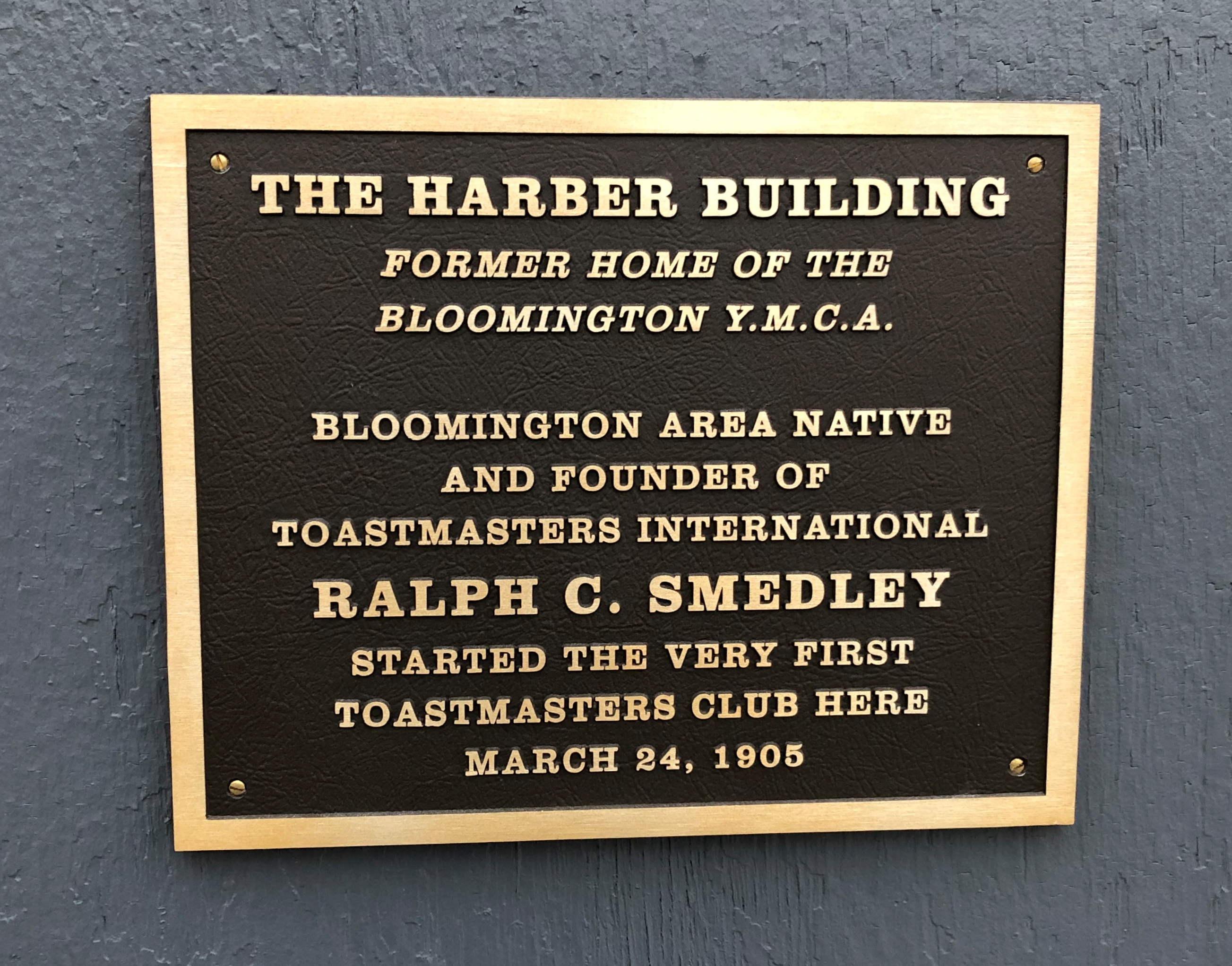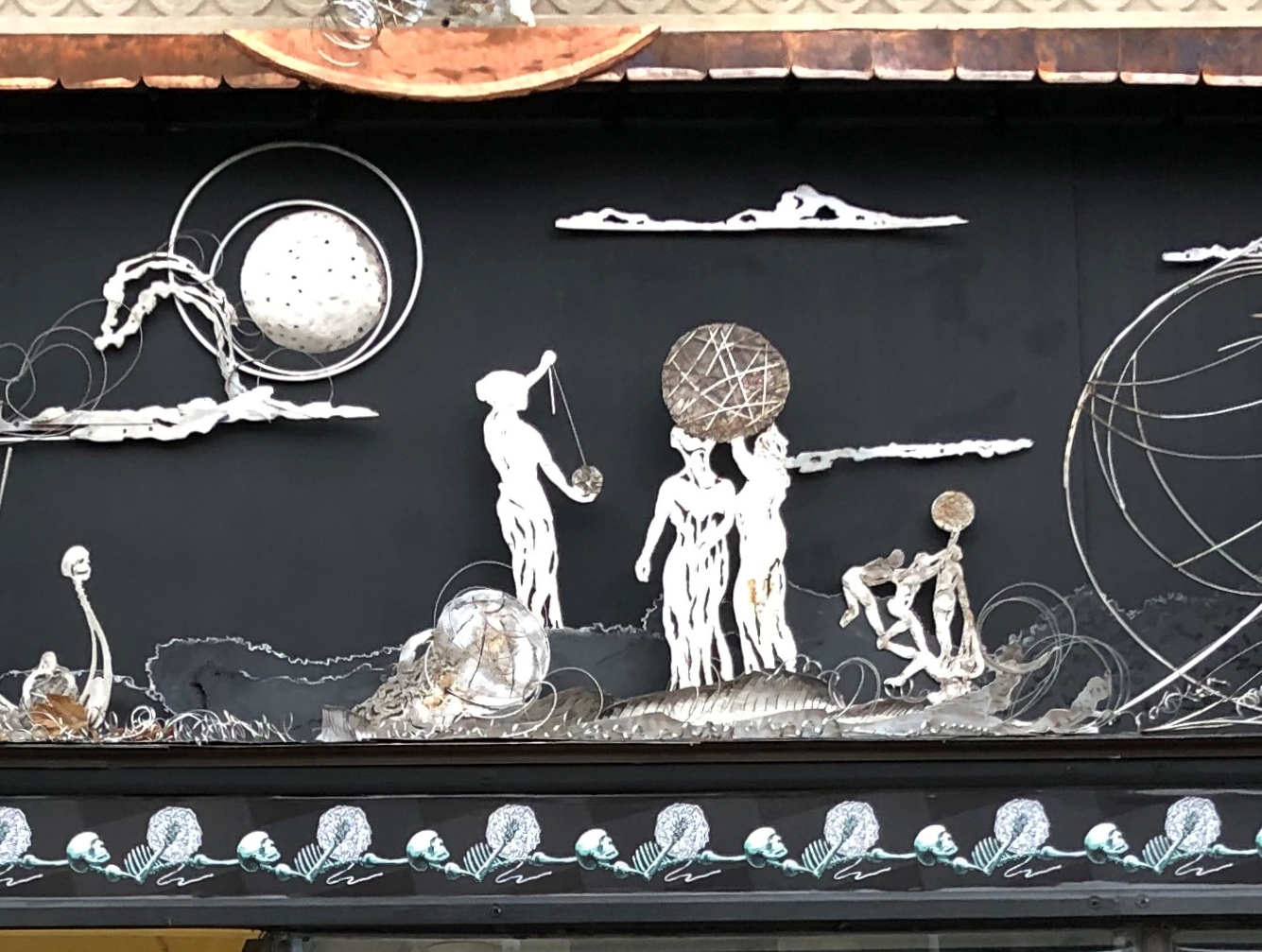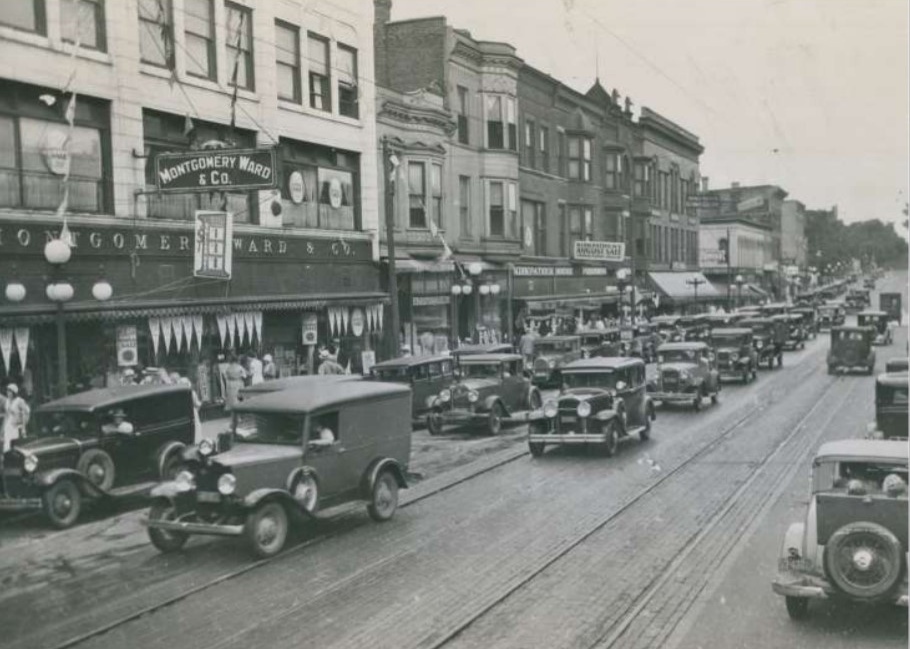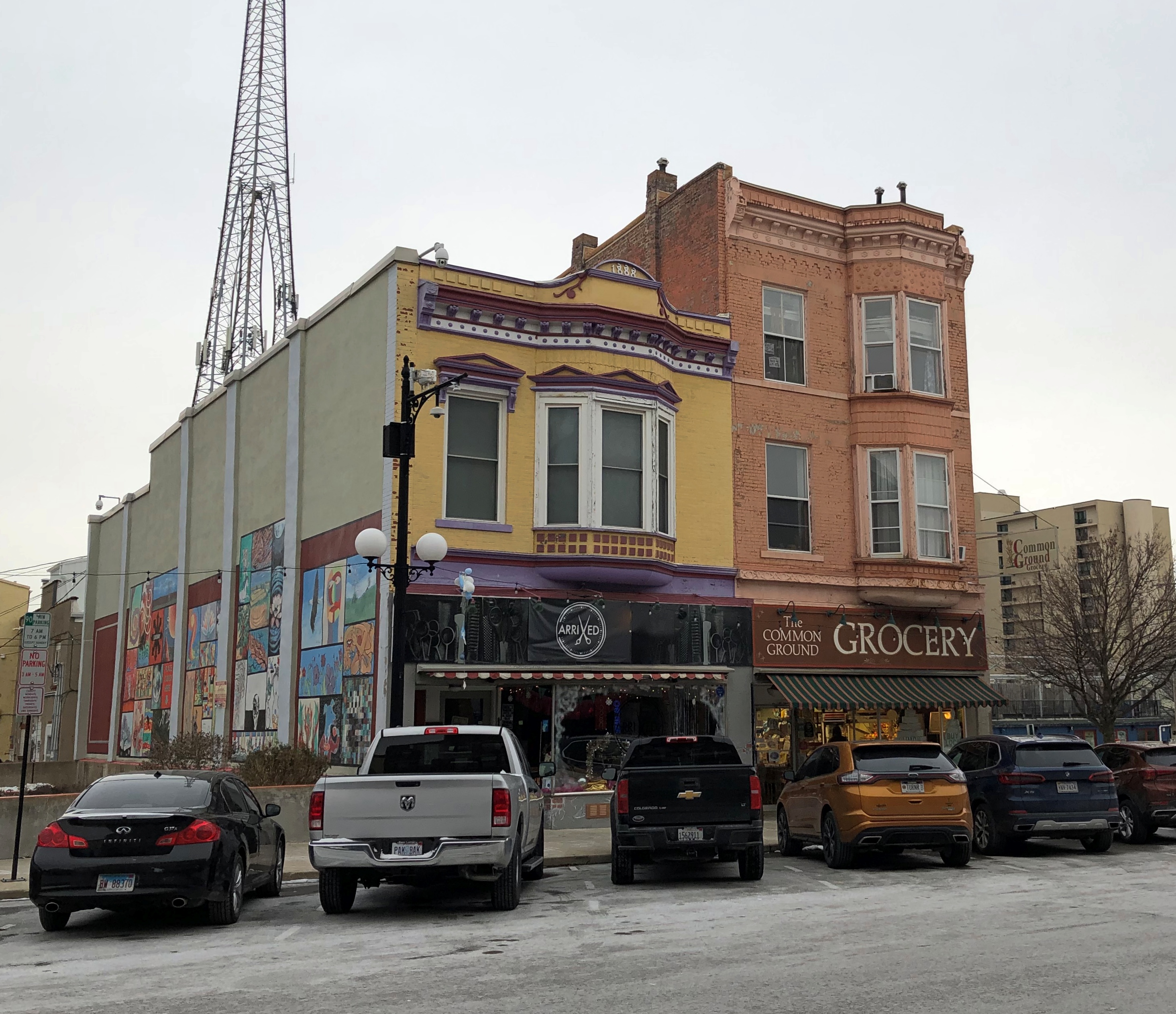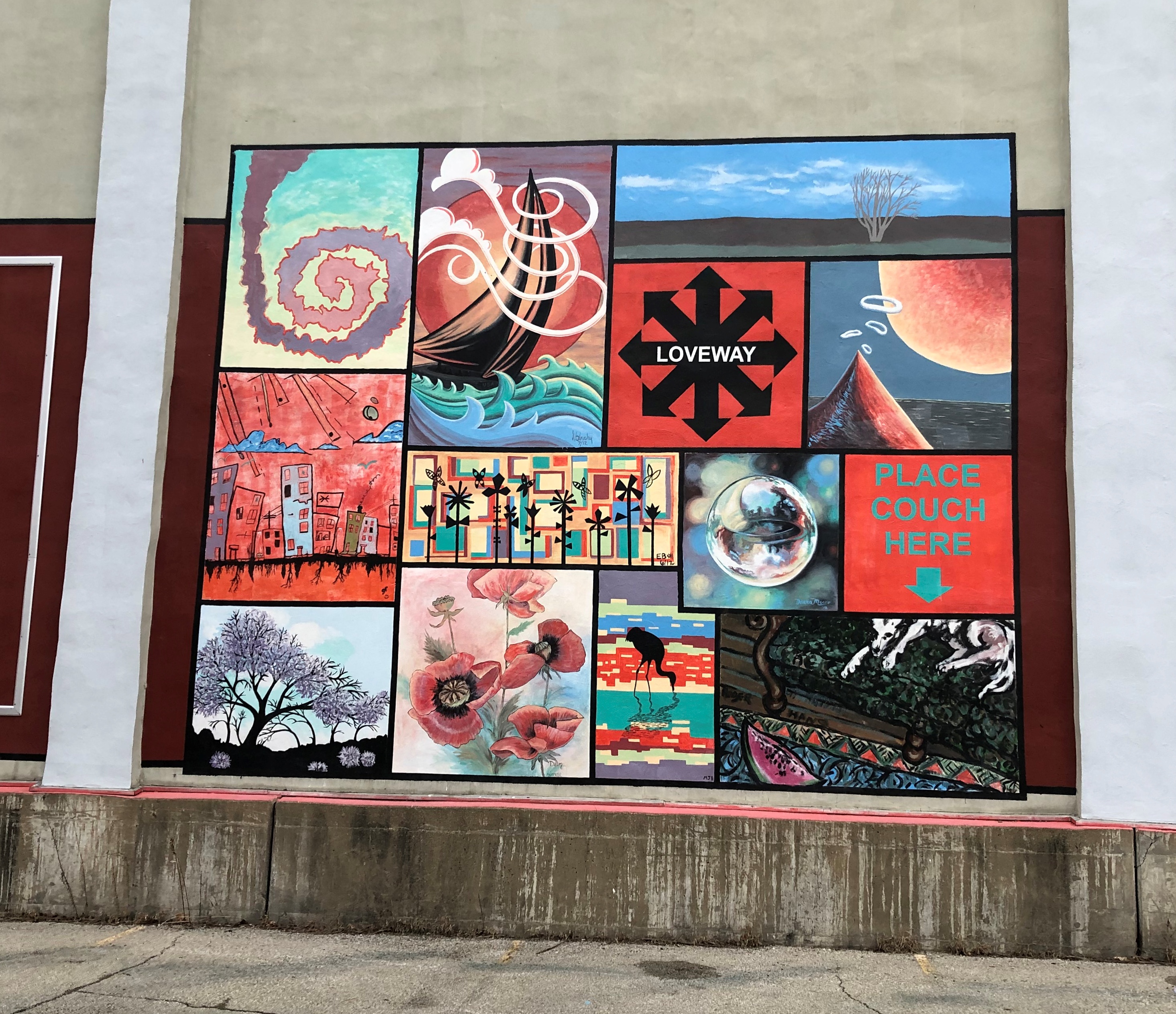Got a circular in the mail recently — another bit of paper, in this supposed digital age — advertising live shows at a metro Chicago theater I’ve been to exactly once, maybe five or six years ago. The theater has never forgotten that, on the off chance that I’d be willing to put in the miles (and it’s quite a few) to see another show there.
Topmost act on the ad? Grand Funk Railroad. It’s a nostalgia-oriented theater, and that name does take me back to adolescent days, or rather nights, of listening to my cheap bedside radio.
The band itself doesn’t have a lot of nostalgia value for me, though. They were fine. Had a few hits. Such as a decent version of “The Loco-Motion,” of all things. They were part of the astonishing variety that was commercial radio in the 1970s, which wasn’t that astonishing until the radio business decided to silo itself in unimaginative ways in later decades.
I was curious enough to look at the band web site, learning the following (all caps sic):
“Grand Funk Railroad is extremely excited to be touring in 2022 marking a 53 year milestone. After playing to millions of fans on the band’s tours from 1996 to 2021, Grand Funk’s 2022 SOME KIND OF WONDERFUL TOUR will continue to reach both new and long-time fans.”
I didn’t know they were originally from Flint, Michigan. Learn something every day. Forget just as much every day as well, probably.
I checked the ticket prices at the theater web site. For seats far away from the stage, $60. Most seats are north of $100, and if you want a seat in the loge right or left, that will run you at least $248. This doesn’t encourage me to see Grand Funk Railroad.
Also in the mail lately.
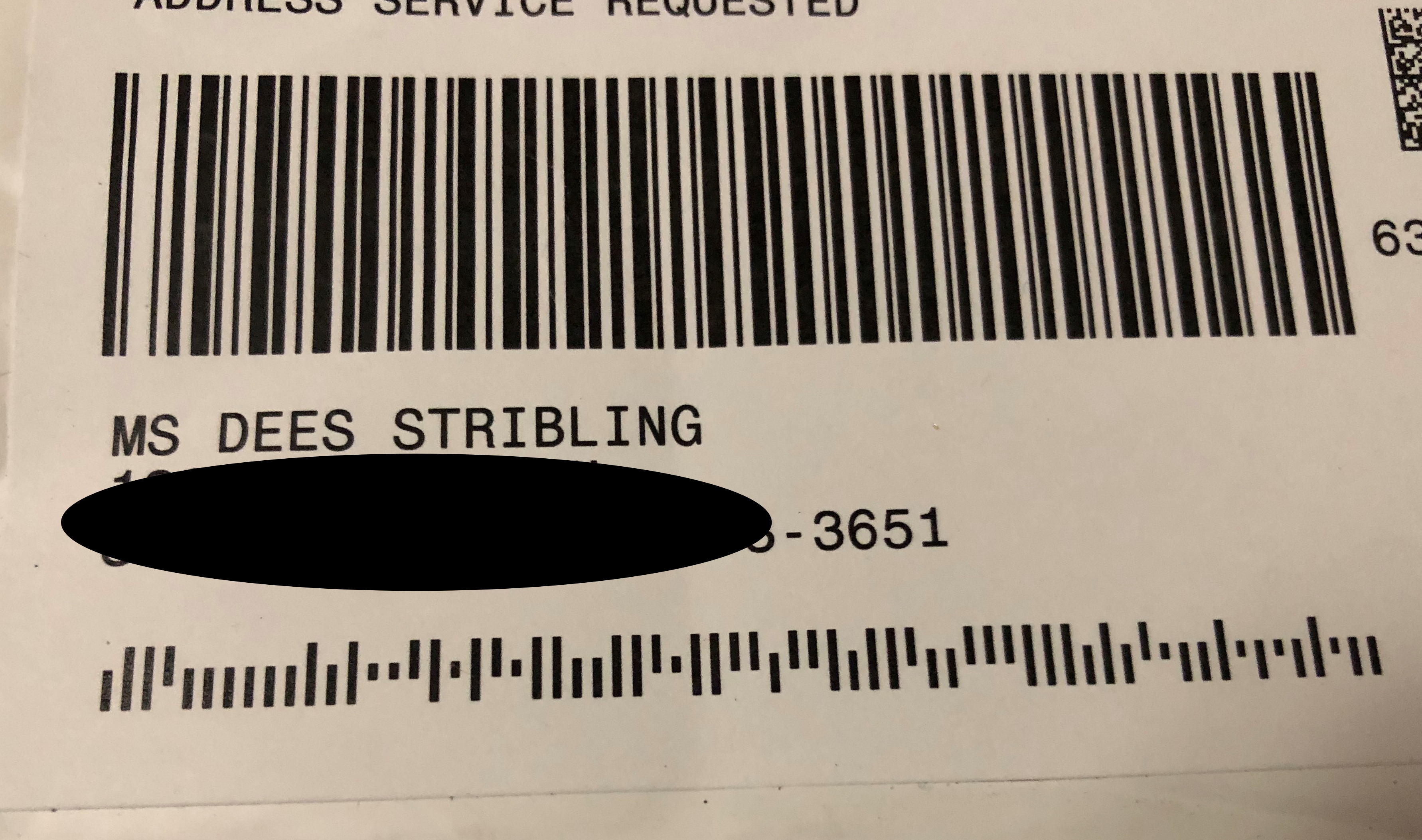
My name, unusual as it is, is gender ambiguous. I’ve been getting things addressed to Miss and Ms (and maybe Mrs, not sure) for as long as I’ve been getting circulars and other solicitations. That and, of course, a variety of misspellings, including of my last name, which is perfectly phonetic.
Our gas bills, which come all too regularly in the mail, offer up data on the price of natural gas. This isn’t good.

December 2020: 29 cents/therm. December 2021: 68 cents/therm. Good thing the most recent December was warmer than a year earlier, but I’m afraid January isn’t turning out that way.
I had to refresh my memory that a therm = 100,000 Btu. I’ve always liked that name, the British thermal unit. A Btu is the quantity of heat required to raise the temperature of one pound of liquid water by 1 degree Fahrenheit at the temperature that water has its greatest density (at about 39 degrees Fahrenheit). If that’s not a legacy of Victorian scientists, I don’t know what is. Sure enough, it is.
I’d read that natural prices were on the rise, and sure enough, there it is in my bill. “What’s Up with Natural Gas Prices?” this American Petroleum Institute article asks, as if Andy Rooney were asking. The short answer: the market fluctuates, and be glad you aren’t in Europe, where prices are astronomical, rather than merely steep.



